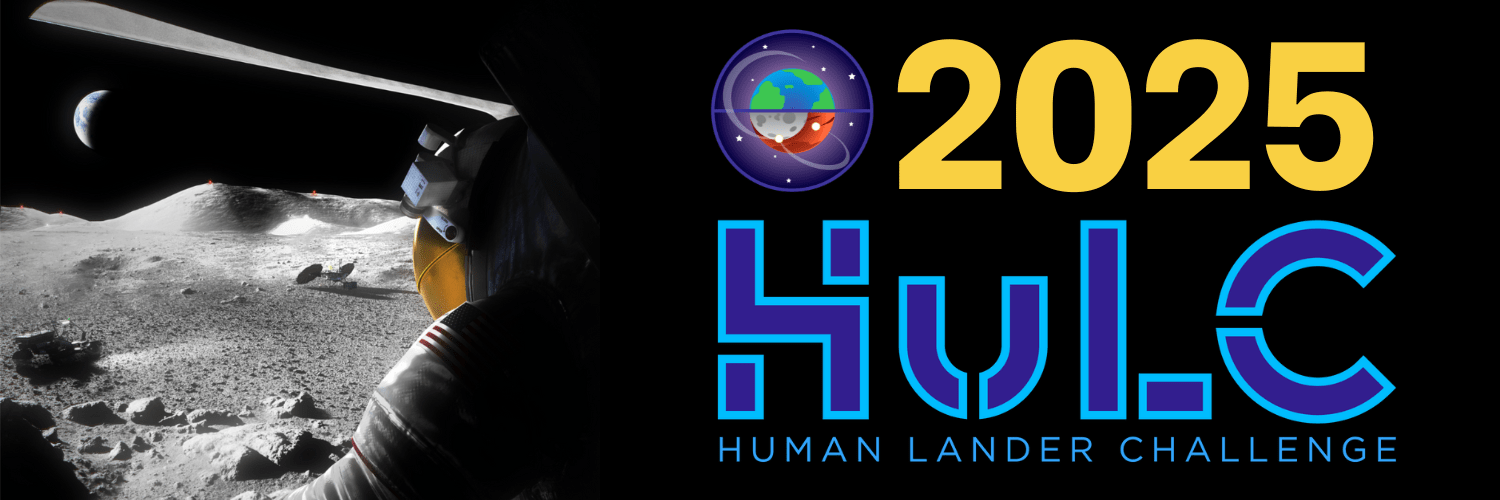NASA's HuLC Inspires Student Innovation for Cryogenic Propellant Applications
Key Ideas
- NASA's Human Lander Challenge (HuLC) is open for submissions from college and university students to develop advanced cryogenic propellant applications for future space missions.
- The goal of the challenge is to support NASA's Artemis campaign by enhancing cryogenic liquid storage and transfer systems for long-duration missions beyond low Earth orbit.
- Participating teams will address key areas like on-orbit cryogenic propellant transfer and automated cryo-couplers, with top teams sharing a prize purse of $18,000.
- The competition aims to engage the Artemis Generation in pioneering space technology, fostering innovation, and bridging the gap between academia and practical aerospace advancements.
NASA has opened submissions for its Human Lander Challenge (HuLC) for its second year, targeting college and university students to propose evolved supercold propellant applications for human landing systems in preparation for Moon and Mars missions. The competition aims to drive innovation in cryogenic liquid storage and transfer systems for future space exploration endeavors beyond low Earth orbit. Esther Lee, an aerospace engineer at NASA, highlighted the opportunity for students to contribute to cutting-edge space technology through the HuLC competition. NASA's Artemis program, focusing on returning astronauts to the Moon and ultimately Mars, emphasizes the significance of cryogenic propellants like liquid hydrogen and liquid oxygen. The agency's goal is to extend the stability of these super-chilled propellants from hours to several months to ensure mission success. Juan Valenzuela, a HuLC technical advisor at NASA, emphasized the importance of addressing key development areas in advanced cryogenic fluid technologies. Participating teams are required to submit a Notice of Intent by October 6, 2024, followed by a proposal package by March 3, 2025. The top 12 finalist teams will receive a stipend to further develop their concepts, with the top three teams sharing a prize purse of $18,000. The competition categories include areas such as on-orbit cryogenic propellant transfer and advanced structural supports for heat reduction. NASA's Human Lander Challenge serves as a platform to engage the next generation of aerospace professionals and innovators in pioneering space technology and fostering collaboration between academia and practical space missions.
